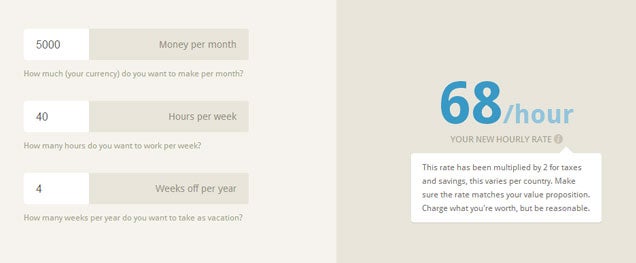It’s easy to think change just happens. But what can you do today to make change easier?
As someone who has gone through (and is still going through!!) a major change, and I do mean MAJOR, by taking on a new challenge, I thought that I should reflect on some ways to handle organizational change and make the transition from “status quo”to “new normal”as smooth as possible.
If we look at how we as employees and as people in general, face change, we’ll see that emotional wellbeing, job satisfaction, productivity, happiness or any number of parameters will generally suffer while making the transition through change or even at the mere thought of change. Now, this could be due to a number of reasons such as fear of the unknown, fear of losing “status”in the work place, ego, fear of making a fool of yourself, not understanding what the change is about and in many cases it could be just a matter of not feeling involved in the change when it affects us directly.
This is where effective organizational communication becomes more important than ever.
Often, those leading change throughout an organization genuinely believe they are communicating effectively with employees when it comes to matters that affect them. Unfortunately, we often underestimate the scope of the change and what it really means for the employee who has to change his/her everyday “normal”for a new and improved “normal‚Äù. The fact is, when instituting any type of change within an organization, we have to keep in mind that we need to manage our employees resistance to change far more than the process of change itself. Resistance to change can be thought of in terms of the classic bell curve in that you will have early adopters of the change who will not resist at all, those who will resist it to some degree or another and those who will oppose it directly. It is these last two groups that we need to manage effectively to meet and exceed our organizational goals and proper communication is the key.
So how do you know what’s important to employees and what to tell them?
Easy! Empathize with them…
We need to put ourselves in the position, the mind and the heart of our employees—one employee at a time. If you were that person:
- What would you be worried regarding the change?
- What would be important for you to know?
- What is the worst thing that could happen, and would you want to know about it in advance?
- How would you want to be told?
Of course, you can’t fully answer those questions yourself. You need feedback from the very people you are trying to understand. Depending on how much you can discuss or how much is already known, you might ask a few individuals what the grapevine is saying, and what people are worrying and wondering about.
Now, here comes a critical piece of the puzzle. Once we know what our employees concerns are we can effectively provide answers that will deal with those concerns in the best possible way. Of course we have to be honest, as insincerity is easily recognized and will quickly put an end to your communication efforts. As I’m sure you can easily imagine you need to be as clear and uncompromising, but also considerate and compassionate as possible. It’s worth spending some time on this part‚Äîlack of commitment to your message is also easily read and will automatically increase cynicism among employees and we all know what that means!
Next comes the communication of the information. There is, as we all know, no shortage of communication technology in the business world. However, the way a person receives news can dramatically affect how he or she feels about it, so you need to choose the medium very carefully. E-mail can be perceived as cold and unfeeling in many cases, although it is useful for routine updates that don’t have emotional overtones. Some messages are better spoken, either by managers to their teams or by the senior management to the whole organization or any combination.
We can and should all be agents of change within our organizations. We just have to remember that we are dealing with real people, individuals who have wants, needs and fears who, I would bet, want to be fully engaged in their jobs but who just want and need a bit of honesty, clarity and compassion (empathy) from the organization the dedicate so much to.
Just remember, as in all relationships, communication is the key!!!





















 emprendedor o empresario debe seguir los patrones de aquellos que han alcanzado el éxito en su vida profesional. Por alguna razón, por más que los empresarios más exitosos del mundo sean de distintos rubros, siempre tienen puntos en com√∫n y desde luego hay cosas que ellos no hacen y que t√∫, si quieres tener éxito tampoco deberías hacer.
emprendedor o empresario debe seguir los patrones de aquellos que han alcanzado el éxito en su vida profesional. Por alguna razón, por más que los empresarios más exitosos del mundo sean de distintos rubros, siempre tienen puntos en com√∫n y desde luego hay cosas que ellos no hacen y que t√∫, si quieres tener éxito tampoco deberías hacer.







